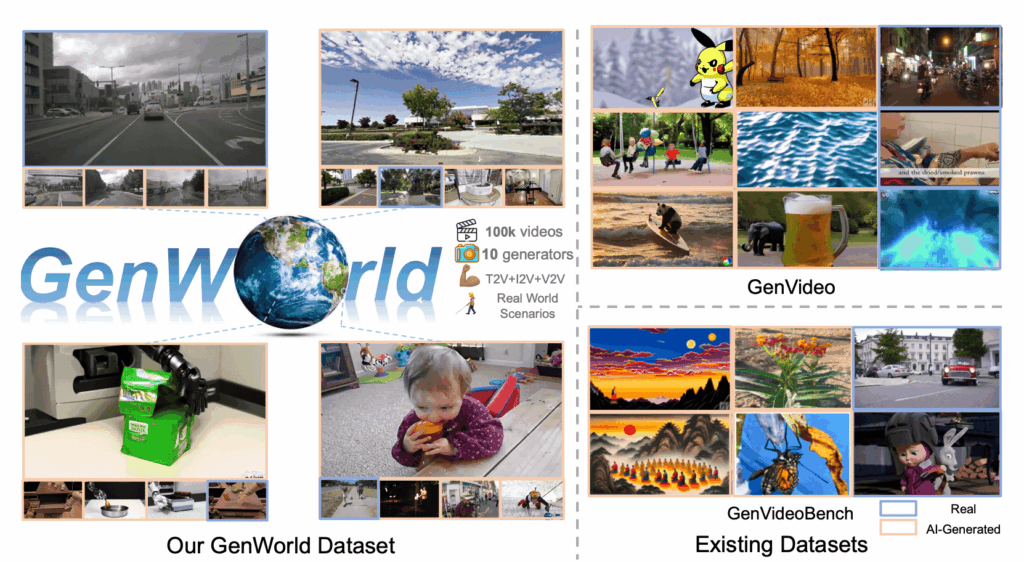
Large Language Models (LLMs) have revolutionized natural language processing by generating fluent and contextually relevant text. However, their ability to provide accurate, up-to-date, and factually grounded information remains limited by the static nature of their training data. The paper “Retrieval-Augmented Generation for Knowledge-Intensive NLP Tasks” (arXiv:2506.10975) proposes an innovative framework that combines LLMs with external knowledge retrieval systems to overcome these limitations. This article summarizes the key ideas, methodology, and implications of this approach, highlighting how it advances the state of the art in knowledge-intensive natural language processing.
1. Motivation and Background
- Limitations of LLMs: Despite their impressive language understanding and generation capabilities, LLMs struggle with tasks requiring up-to-date knowledge or specialized domain information not fully captured during pretraining.
- Static Knowledge: LLMs rely on fixed training data and do not dynamically incorporate new information, which can lead to outdated or incorrect responses.
- Need for Retrieval: Integrating external retrieval mechanisms enables models to access relevant documents or facts at inference time, improving accuracy and factuality.
2. Retrieval-Augmented Generation (RAG) Framework
The core idea behind RAG is to augment LLMs with a retrieval module that fetches relevant knowledge from large external corpora before generating answers.
2.1 Architecture Components
- Retriever: Efficiently searches a large document collection to identify passages relevant to the input query.
- Generator: A pretrained language model that conditions its output on both the query and retrieved documents.
- End-to-End Training: The retriever and generator are jointly trained to optimize final task performance.
2.2 Workflow
- Query Input: The user provides a question or prompt.
- Document Retrieval: The retriever searches indexed documents and returns top-k relevant passages.
- Answer Generation: The generator produces a response conditioned on the retrieved passages and the input query.
- Output: The final generated text is more accurate and grounded in external knowledge.
3. Advantages of RAG
- Improved Accuracy: By accessing relevant documents, RAG models generate more factually correct and contextually appropriate answers.
- Dynamic Knowledge: The system can incorporate new information by updating the document corpus without retraining the entire model.
- Scalability: Retrieval allows the model to handle vast knowledge bases beyond the fixed parameters of the LLM.
- Interpretability: Retrieved documents provide evidence supporting the generated answers, enhancing transparency.
4. Experimental Evaluation
The paper evaluates RAG on multiple knowledge-intensive NLP tasks, including open-domain question answering and fact verification.
4.1 Benchmarks and Datasets
- Natural Questions (NQ): Real-world questions requiring retrieval of factual information.
- TriviaQA: Trivia questions with diverse topics.
- FEVER: Fact verification dataset where claims must be checked against evidence.
4.2 Results
- RAG models outperform baseline LLMs without retrieval by significant margins on all tasks.
- Joint training of retriever and generator yields better retrieval relevance and generation quality.
- Ablation studies show that both components are critical for optimal performance.
5. Technical Innovations
- Differentiable Retrieval: Enables backpropagation through the retrieval step, allowing end-to-end optimization.
- Fusion-in-Decoder: The generator integrates multiple retrieved passages effectively to produce coherent responses.
- Efficient Indexing: Uses dense vector representations and approximate nearest neighbor search for scalable retrieval.
6. Practical Implications
- Updatable Knowledge Bases: Organizations can maintain fresh corpora to keep AI systems current.
- Domain Adaptation: RAG can be tailored to specialized fields by indexing domain-specific documents.
- Reduced Hallucination: Grounding generation in retrieved evidence mitigates fabrications common in pure LLM outputs.
- Explainability: Providing source documents alongside answers helps users verify information.
7. Limitations and Future Directions
- Retriever Dependence: Quality of generated answers heavily depends on retrieval accuracy.
- Latency: Retrieval adds computational overhead, potentially affecting response time.
- Corpus Coverage: Missing or incomplete documents limit the system’s knowledge.
- Integration with Larger Models: Scaling RAG with very large LLMs remains an ongoing challenge.
Future research aims to improve retrieval efficiency, expand corpora coverage, and enhance integration with multimodal knowledge sources.
8. Summary
| Aspect | Description |
| Core Idea | Combine LLMs with external retrieval to ground generation in relevant documents. |
| Architecture | Retriever fetches documents; generator produces answers conditioned on retrieved knowledge. |
| Benefits | Improved accuracy, dynamic knowledge updating, better interpretability, and scalability. |
| Evaluation | Outperforms baselines on open-domain QA and fact verification benchmarks. |
| Challenges | Retrieval quality, latency, corpus completeness, and scaling integration with large models. |
Conclusion
Retrieval-Augmented Generation represents a significant advancement in building knowledge-aware language models. By bridging the gap between static pretrained knowledge and dynamic information retrieval, RAG systems deliver more accurate, up-to-date, and interpretable responses. This framework opens new opportunities for deploying AI in knowledge-intensive applications across domains, from customer support to scientific research. Continued innovation in retrieval methods and integration strategies promises to further enhance the capabilities of next-generation language models.
For more details, refer to the original paper: arXiv:2506.10975.
Добавить комментарий